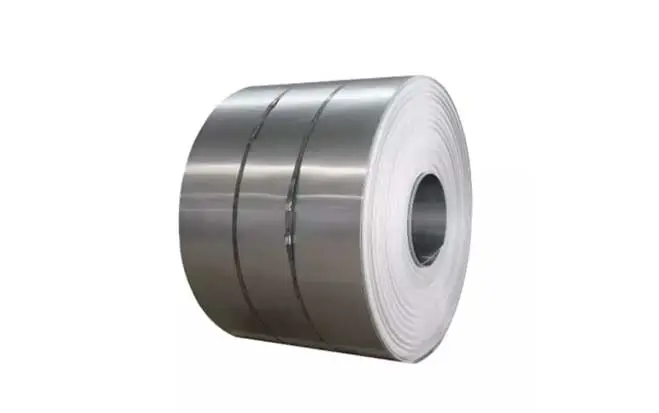In the food industry, food safety is extremely important. The corrosion resistance, non-toxicity, non-color change, difficult to rust, and easy to clean characteristics of stainless steel make it one of the widely used materials in the food industry. In order to ensure food safety, scientific standards need to be established to ensure that the stainless steel used meets certain health standards. Currently, the national standard for food-grade stainless steel in China is GB9684-2011, which specifies the types and limits of stainless steel that can be used for food contact.
410 stainless steel is a ferritic stainless steel, also a medium-carbon steel, with a carbon content between 0.15% and 0.30% and a chromium content of 11.5%-13.5%. It is suitable for manufacturing some mechanical parts and tools with high wear and corrosion resistance requirements. On the other hand, 420 stainless steel is a ferritic-martensitic stainless steel, with a carbon content of 0.15%-0.40% and a chromium content of 12%-14%. It has strong magnetism and is suitable for manufacturing high-hardness parts such as pressure valves, automobile parts, and cutting tools. Although both of these stainless steels can be used to manufacture food tools and utensils in daily life, they do not meet the standards of food-grade stainless steel due to their high carbon content.
Since they are not standard food-grade stainless steel, it is generally not recommended to use 410 and 420 stainless steel to manufacture utensils and tools that directly contact food. However, this does not mean that 410 and 420 stainless steel cannot be used in the food industry at all. In some food processing processes, mechanical parts with low corrosion can use 410 and 420 stainless steel. Additionally, due to the high hardness of 420 stainless steel, it can be used to make cutting tools with relatively small cutting surfaces, such as fruit knives.
In the food industry, the most used stainless steels are 304 and 316, both of which are food-grade stainless steels. 304 steel sheet contains 18% chromium and 8% nickel, with good rust resistance, widely used in the manufacturing of catering, pharmaceutical, and medical equipment; 316 sheet metal contains 16% chromium, 10% nickel, zirconium, and other alloying elements, with high salt resistance, more corrosion-resistant than 304 steel, and more suitable for manufacturing seafood products. In addition, there is also commonly used 430 stainless steel, although it is not food-grade stainless steel, its corrosion resistance is good, suitable for manufacturing some non-direct food contact equipment in the food processing industry.
Although 410 and 420 stainless steel are not standard food-grade stainless steel, they still have certain application value in some food processing processes. However, because they do not meet the standards of food-grade stainless steel, we still need to pay more attention when using them. For tools and utensils that directly contact food, we should still choose stainless steel types that meet food-grade standards.
Related topic recommendations
Austenitic Vs Ferritic Vs Martensitic Stainless Steel
Is 409 Stainless Steel Magnetic
what is the difference between 304 and 321 stainless steel
what is PVD coating on stainless steel
Reflectivity of Stainless Steel

College degree, Internation trade Major of CHANGSHA ZHONGSHANG FOREIGN LANGUAGE UNIVERSITY.
Professinal exporting manager of NORMANDY METAL INDUSTRY CO.,LTD.
18 years working experience in STAINLESS STEEL MATERIALS INDUSTRY.



